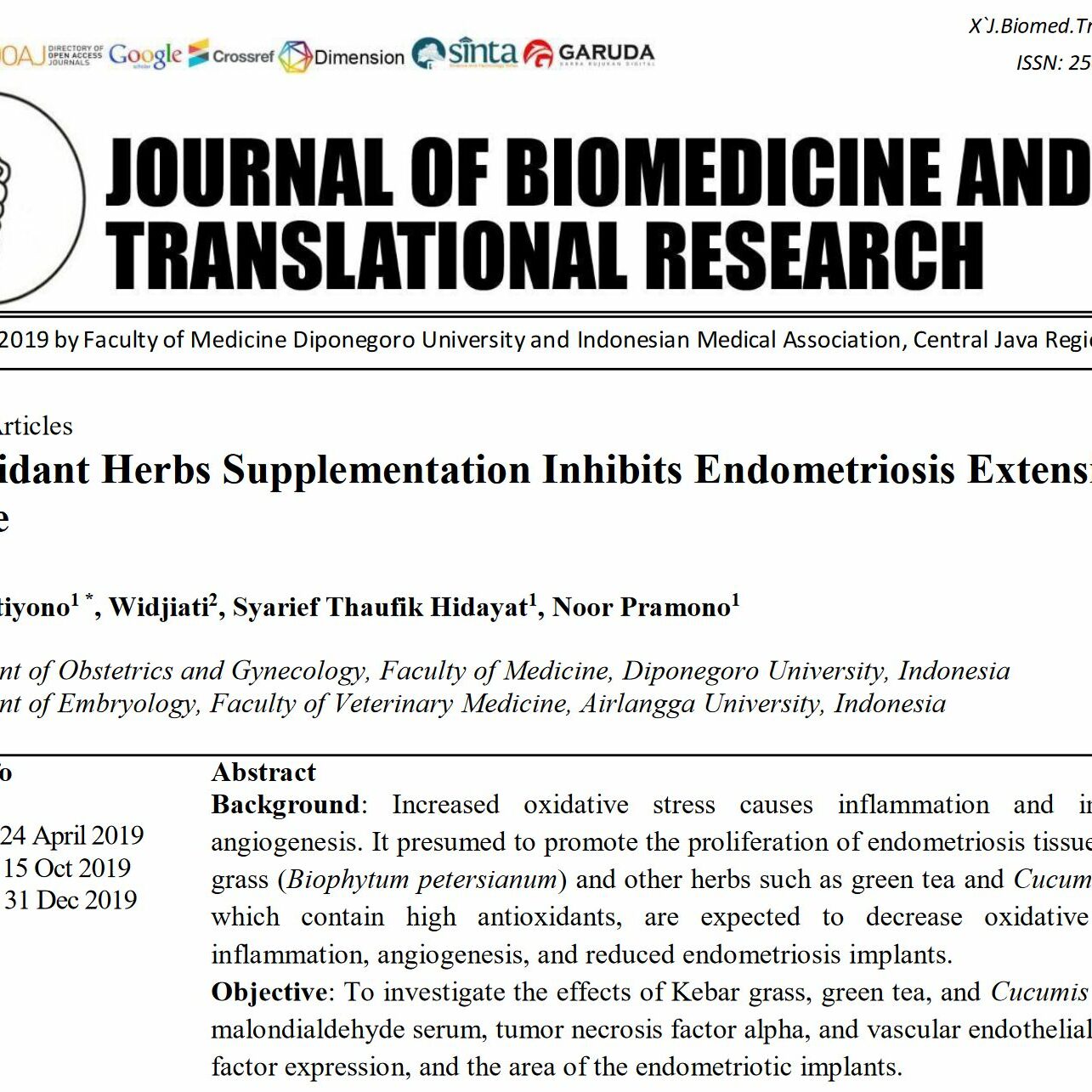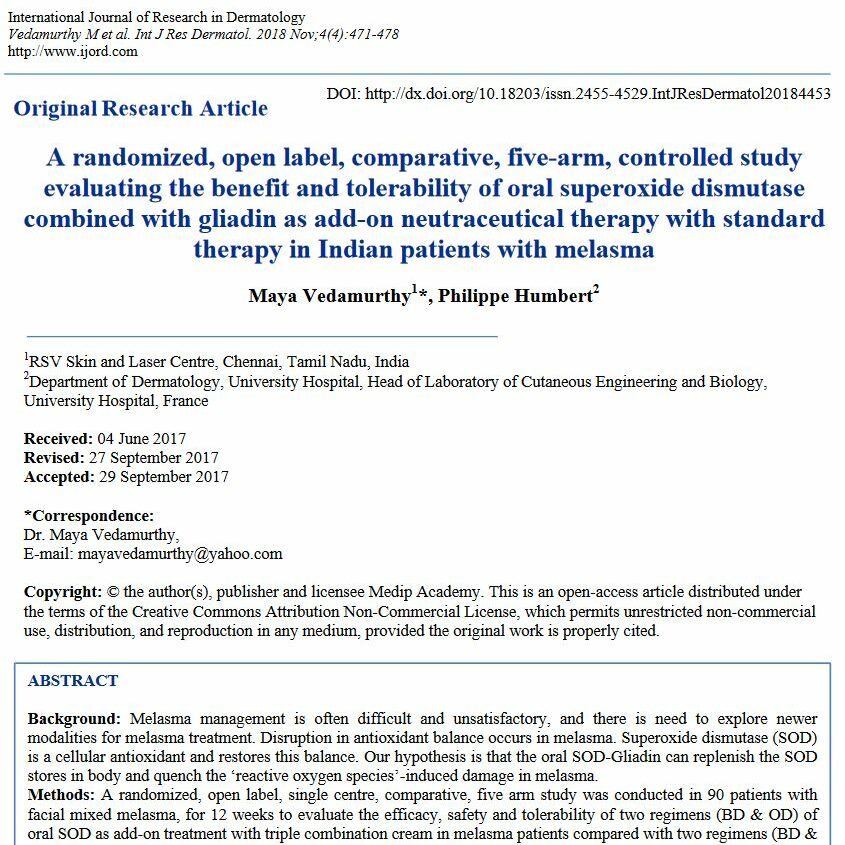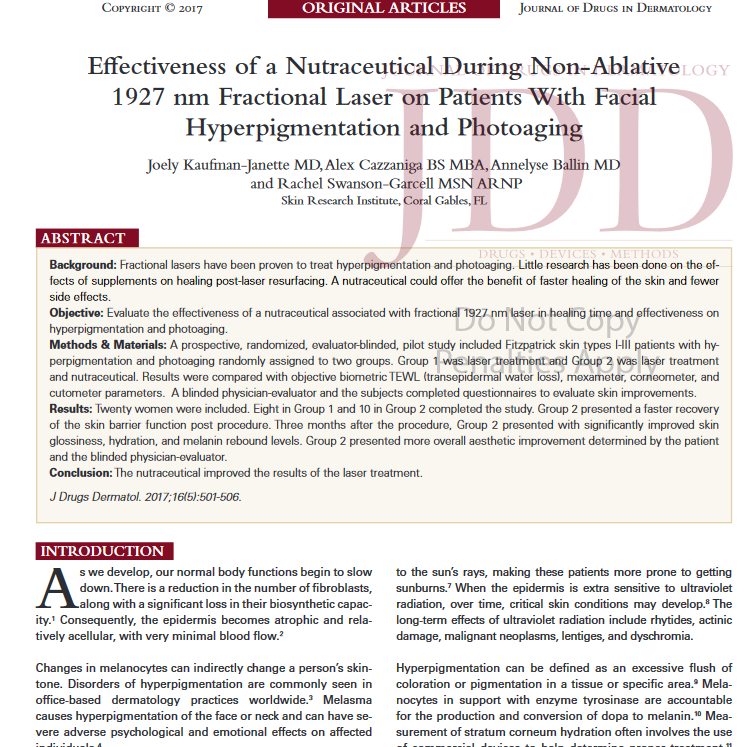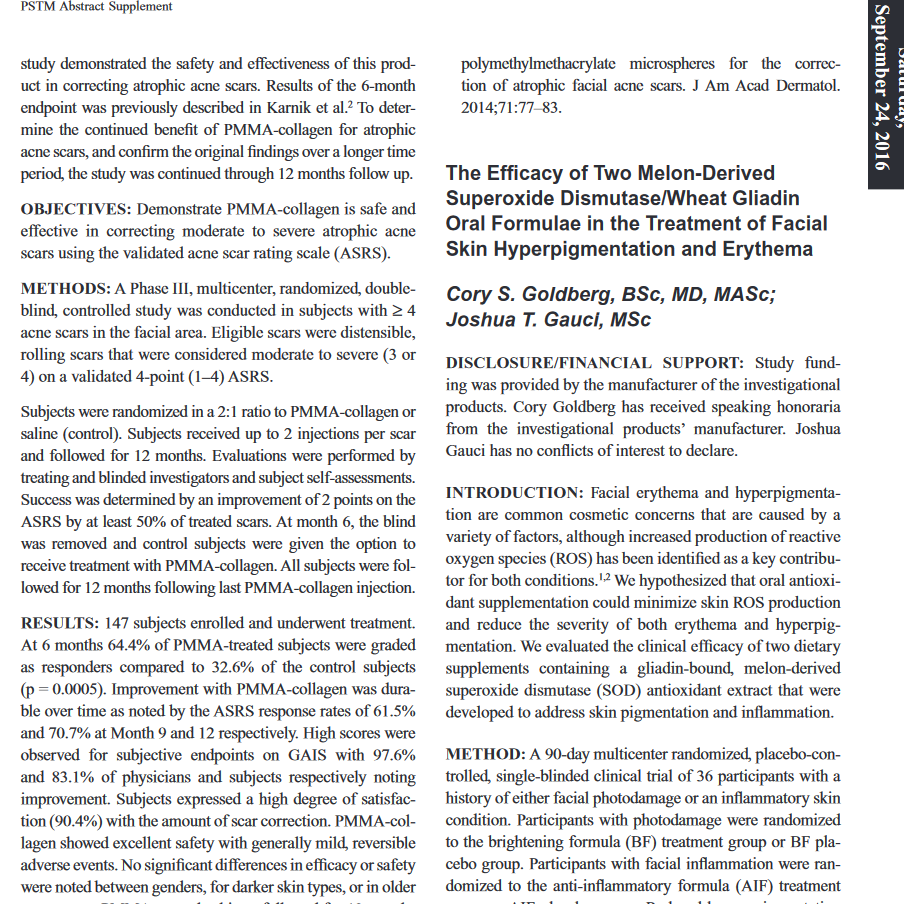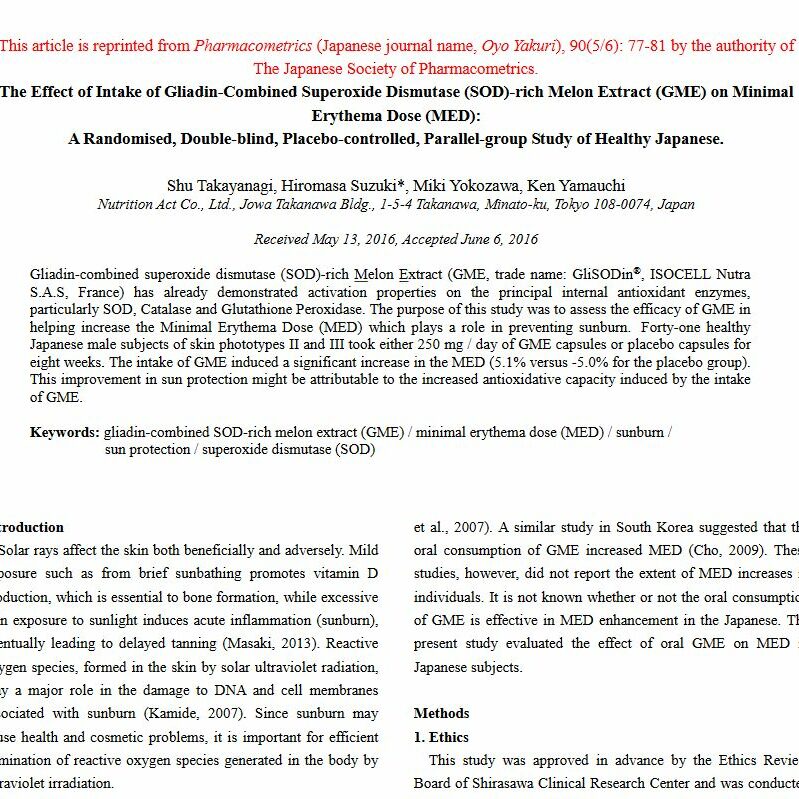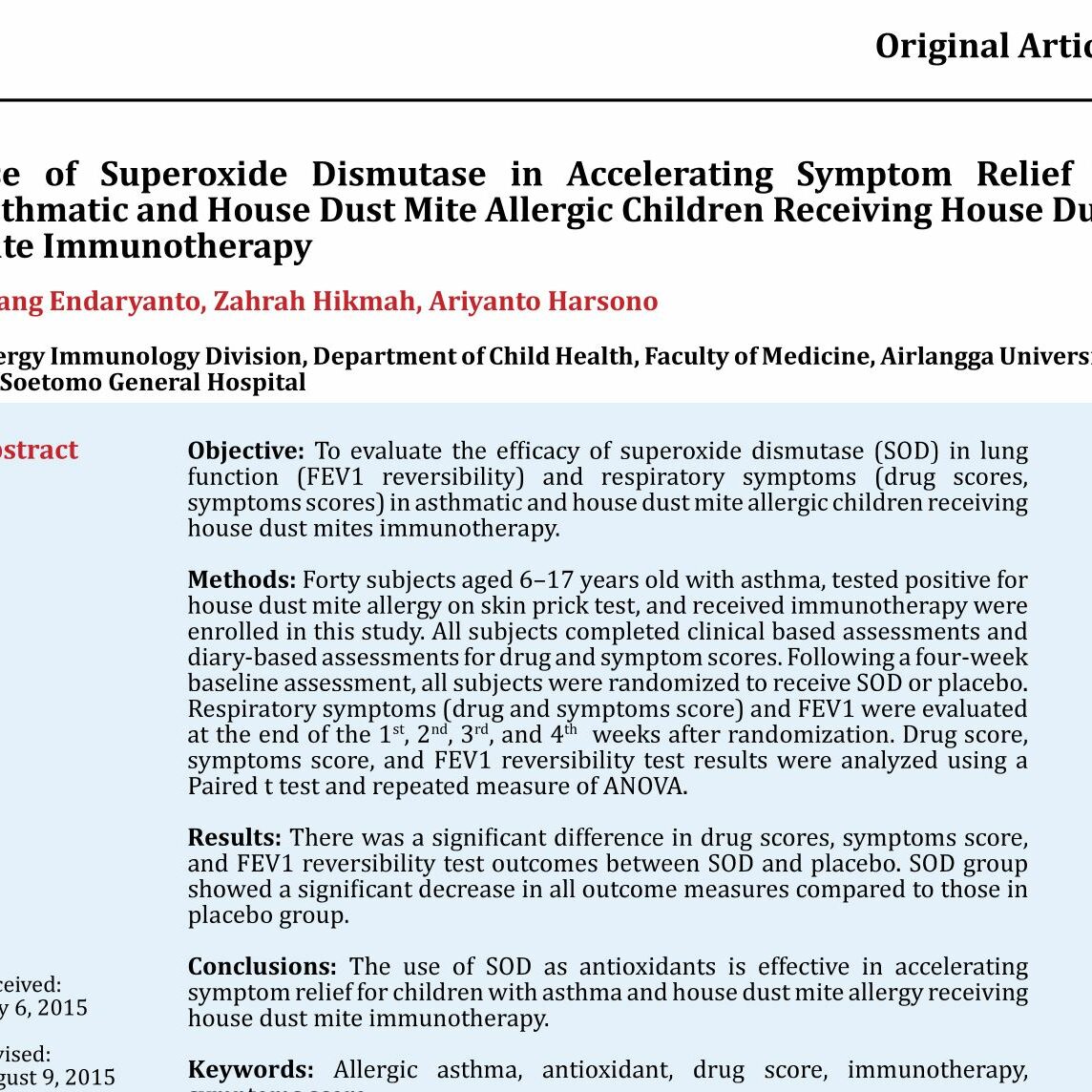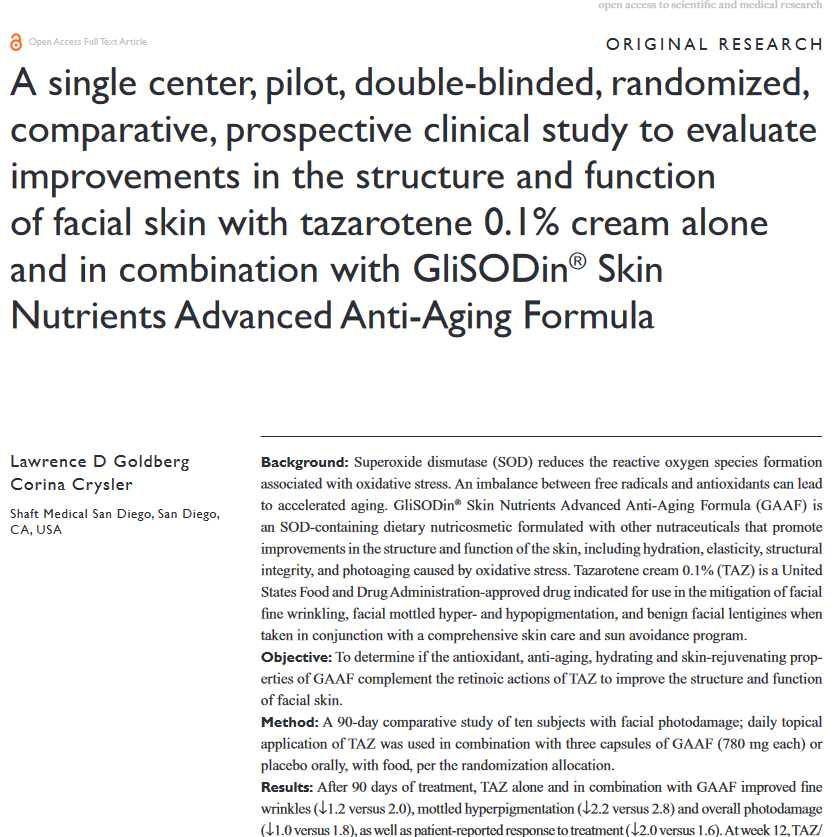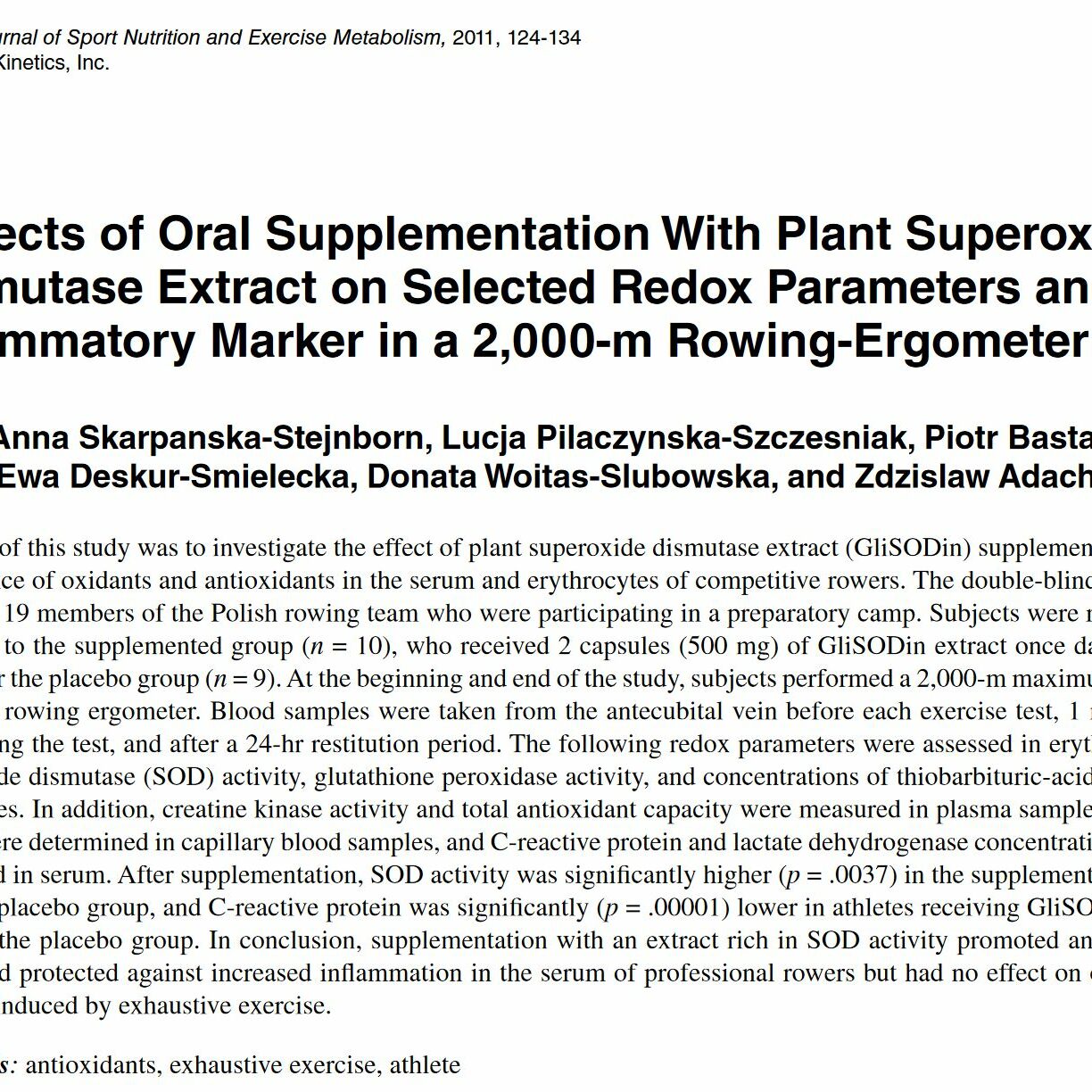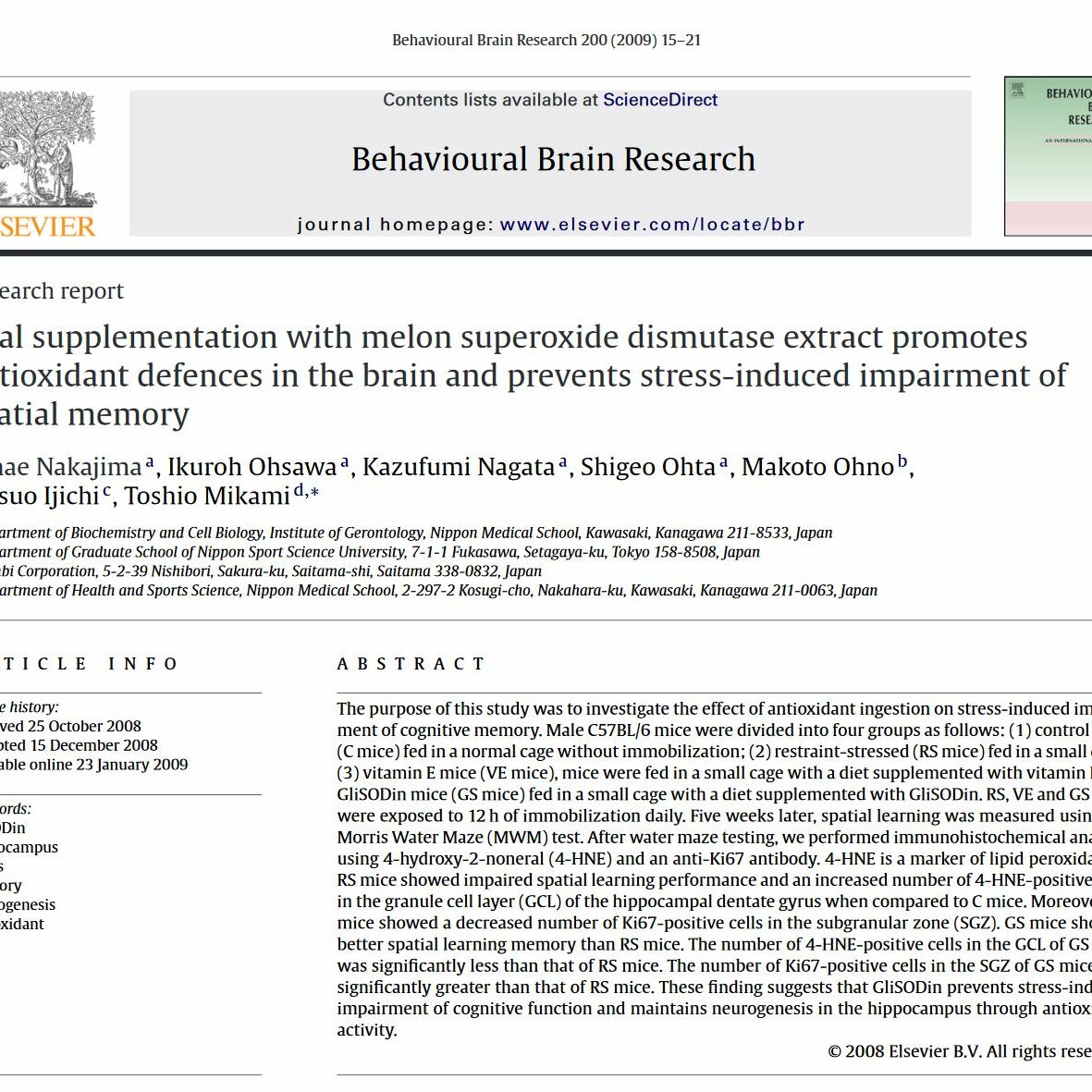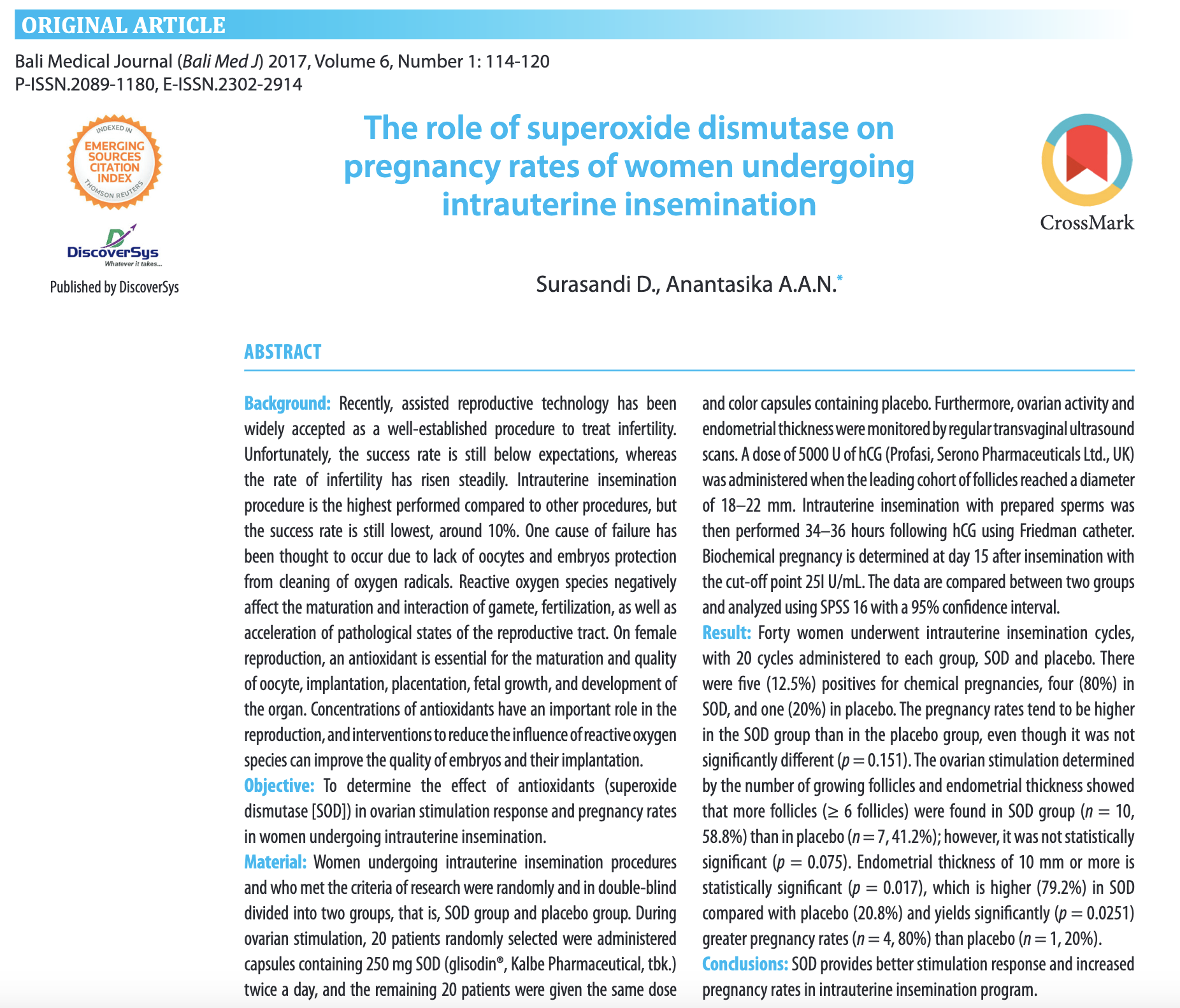
Authors: Deni Surasandi, Anantasika A.A.N.
- Journal: Bali Medical Journal
- Date: 2017 Febrary
- DOI: https://doi.org/10.15562/bmj.v6i1.463
Abstract
Background: Recently, assisted reproductive technology has been widely accepted as a well-established procedure to treat infertility. Unfortunately, the success rate is still below expectations, whereas the rate of infertility has risen steadily. Intrauterine insemination procedure is the highest performed compared to other procedures, but the success rate is still lowest, around 10%. One cause of failure has been thought to occur due to lack of oocytes and embryos protection from cleaning of oxygen radicals. Reactive oxygen species negatively affect the maturation and interaction of gamete, fertilization, as well as acceleration of pathological states of the reproductive tract. On female reproduction, an antioxidant is essential for the maturation and quality of oocyte, implantation, placentation, fetal growth, and development of the organ. Concentrations of antioxidants have an important role in the reproduction, and interventions to reduce the influence of reactive oxygen species can improve the quality of embryos and their implantation.
Objective: To determine the effect of antioxidants (superoxide dismutase [SOD]) in ovarian stimulation response and pregnancy rates in women undergoing intrauterine insemination.
Material: Women undergoing intrauterine insemination procedures and who met the criteria of research were randomly and in double-blind divided into two groups, that is, SOD group and placebo group. During ovarian stimulation, 20 patients randomly selected were administered capsules containing 250 mg SOD (glisodin®, Kalbe Pharmaceutical, tbk.) twice a day, and the remaining 20 patients were given the same dose and color capsules containing placebo. Furthermore, ovarian activity and endometrial thickness were monitored by regular transvaginal ultrasound scans. A dose of 5000 U of hCG (Profasi, Serono Pharmaceuticals Ltd., UK) was administered when the leading cohort of follicles reached a diameter of 18–22 mm. Intrauterine insemination with prepared sperms was then performed 34–36 hours following hCG using Friedman catheter. Biochemical pregnancy is determined at day 15 after insemination with the cut-off point 25I U/mL. The data are compared between two groups and analyzed using SPSS 16 with a 95% confidence interval.
Material: Women undergoing intrauterine insemination procedures and who met the criteria of research were randomly and in double-blind divided into two groups, that is, SOD group and placebo group. During ovarian stimulation, 20 patients randomly selected were administered capsules containing 250 mg SOD (glisodin®, Kalbe Pharmaceutical, tbk.) twice a day, and the remaining 20 patients were given the same dose and color capsules containing placebo. Furthermore, ovarian activity and endometrial thickness were monitored by regular transvaginal ultrasound scans. A dose of 5000 U of hCG (Profasi, Serono Pharmaceuticals Ltd., UK) was administered when the leading cohort of follicles reached a diameter of 18–22 mm. Intrauterine insemination with prepared sperms was then performed 34–36 hours following hCG using Friedman catheter. Biochemical pregnancy is determined at day 15 after insemination with the cut-off point 25I U/mL. The data are compared between two groups and analyzed using SPSS 16 with a 95% confidence interval.
Result: Forty women underwent intrauterine insemination cycles, with 20 cycles administered to each group, SOD and placebo. There were five (12.5%) positives for chemical pregnancies, four (80%) in SOD, and one (20%) in placebo. The pregnancy rates tend to be higher in the SOD group than in the placebo group, even though it was not significantly different (p = 0.151). The ovarian stimulation determined by the number of growing follicles and endometrial thickness showed that more follicles (≥ 6 follicles) were found in SOD group (n = 10, 58.8%) than in placebo (n = 7, 41.2%); however, it was not statistically significant (p = 0.075). Endometrial thickness of 10 mm or more is statistically significant (p = 0.017), which is higher (79.2%) in SOD compared with placebo (20.8%) and yields significantly (p = 0.0251) greater pregnancy rates (n = 4, 80%) than placebo (n = 1, 20%).
Conclusions: SOD provides better stimulation response and increased pregnancy rates in intrauterine insemination program.
Categories: 3. Antioxidant & Aging, Clinical trials
Share this post




